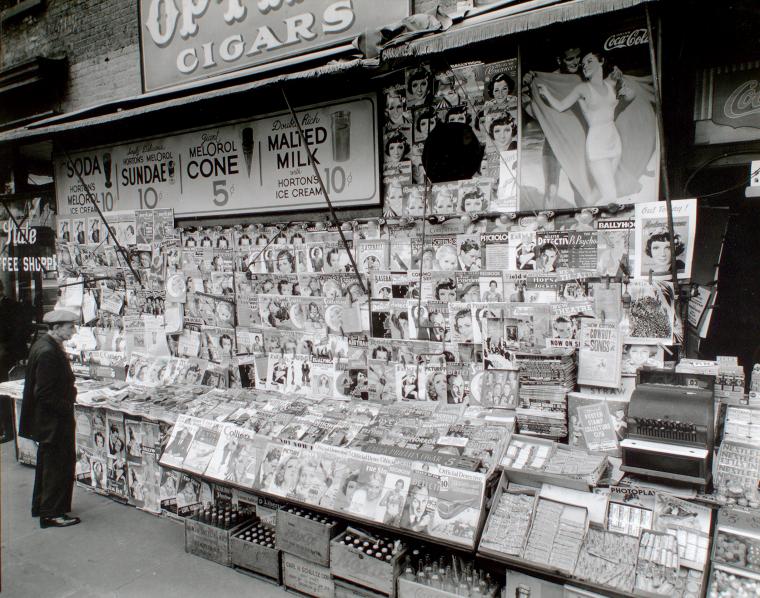Canada's journalism schools have come together to launch a new publication.
Facts and Frictions' title "reflects our mission to publish rigorous, well-documented research (facts) that invites debate and discussion from multiple perspectives (frictions)," writes editor-in-chief Patricia W. Elliott.
It is a promising publication, one which I hope follows a similar model to the British Journalism Review in being written with a general and industry audience in mind. The BJR is a fascinating mixture of practitioner viewpoints, media criticism, industry news, book reviews, confessional articles, and sometimes even research articles. It is behind an academic paywall.
I describe it as navel-gazing with a healthy mix of skeptical media criticism.
In the March issue, Retired Guardian media critic Roy Greenslade confessed his support for the Irish Republican Army, sparking a major scandal in British journalism, including condemnation by UK's Charted Institute of Journalists.
The first edition of Facts and Frictions is light fare. It is a start. It needs to welcome practitioners to submit and ensure the submissions create a conversation leading to the healthy debate of different ideas. We do not need more fanciful future of journalist articles and calls for government bailouts. There has been no shortage of those over the years. [F&F may be a suitable venue for submitting a discussion piece I've been playing with regarding how journalists cover elections.]
F&F's editorial board consists of journalism school faculty, which makes sense since they conceived the idea. It should consider adding including practitioners, interested experts, academics from parallel disciplines, but not Meta as Facebook calls itself these days.
There is an insightful article on the problems with the federal Access to Information Act. It be interesting to see if F&F can provide a forum for much needed discussions of ATI reform, a topic journalists love to talk about, but which journalism needs to broaden interest upon in order to get effective changes to legislation.
In short, a good start.
TOP PHOTO: Newsstand, 32nd Street and Third Avenue, Manhattan, 1935, via the New York Public Library.
